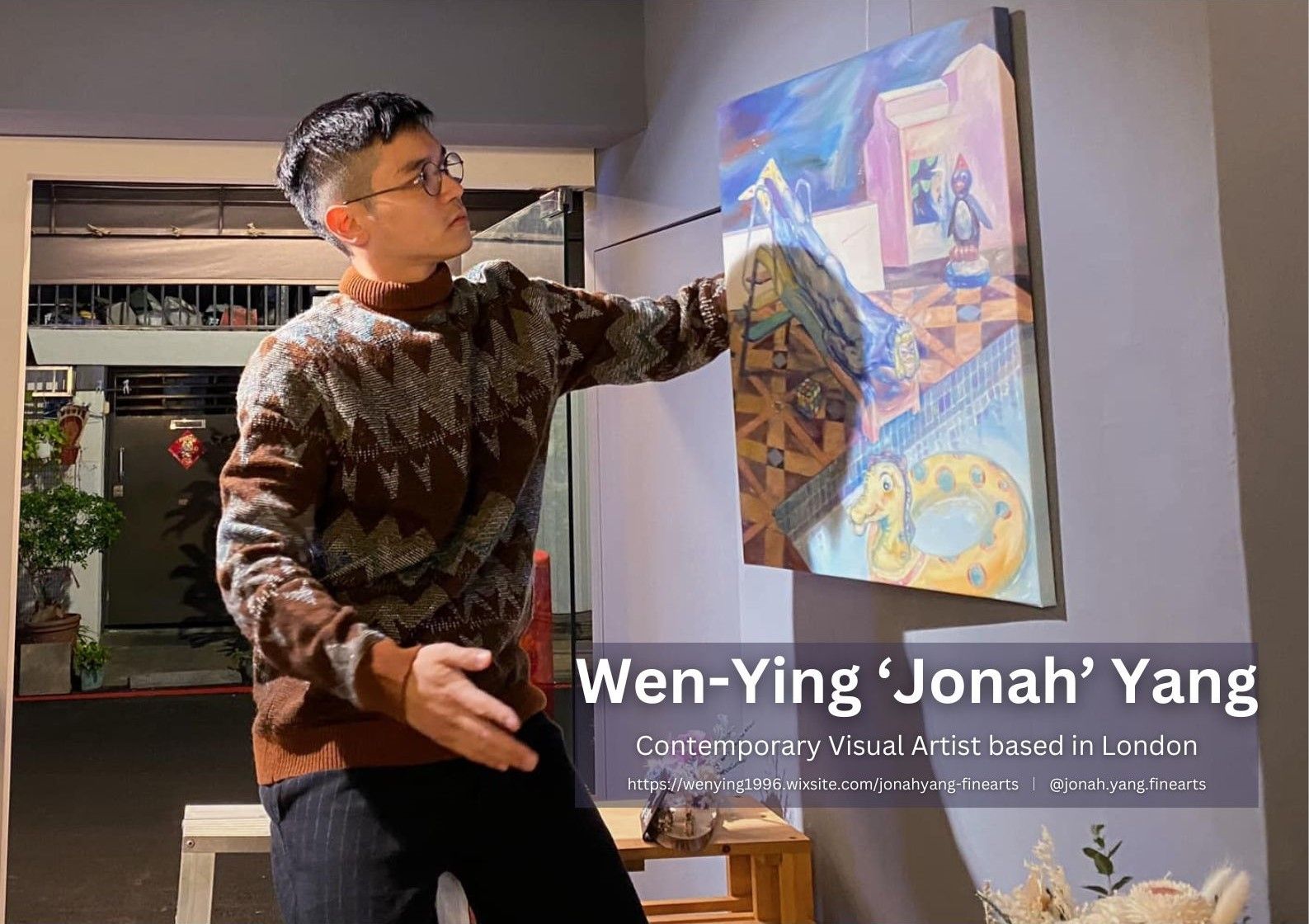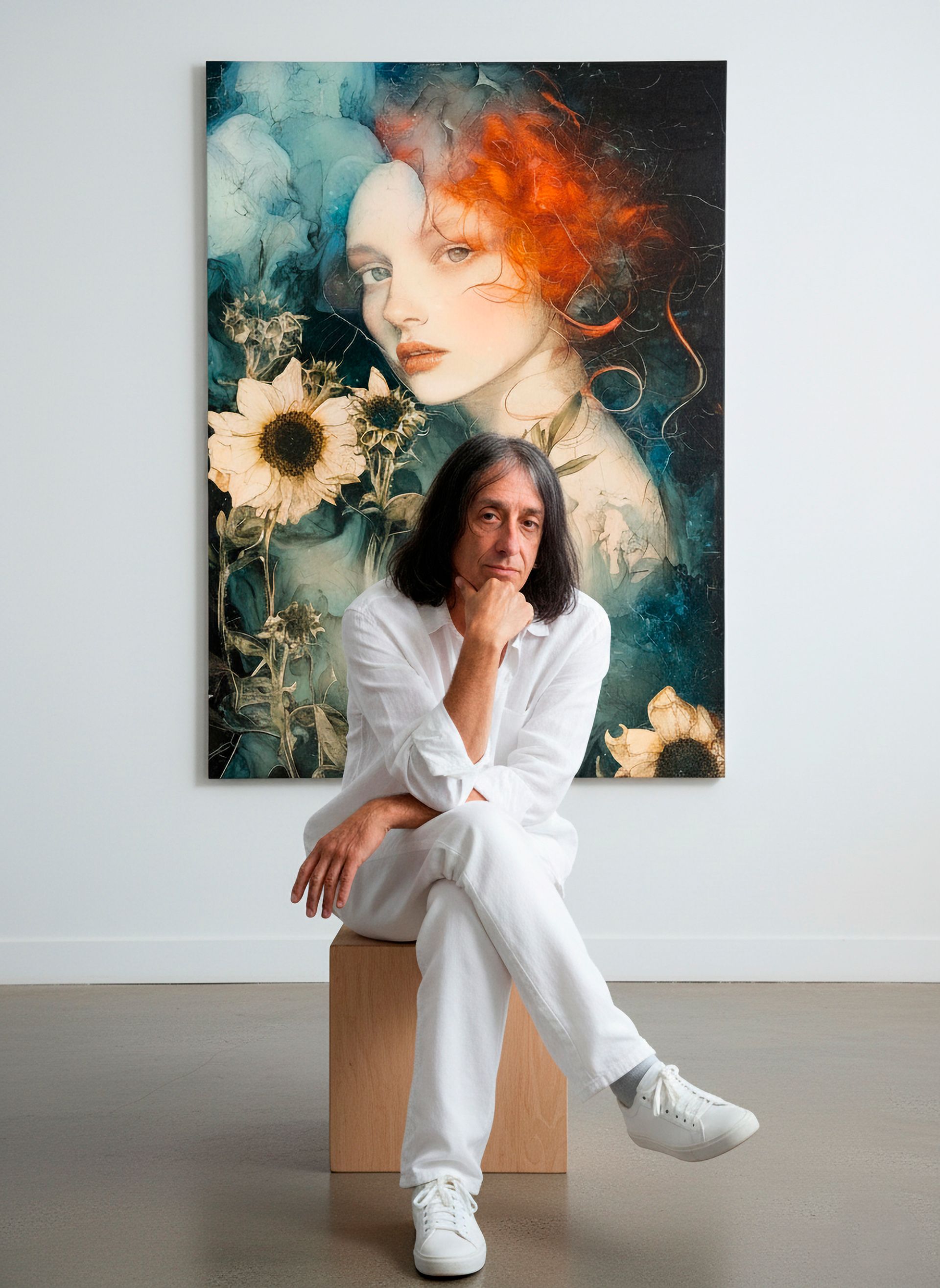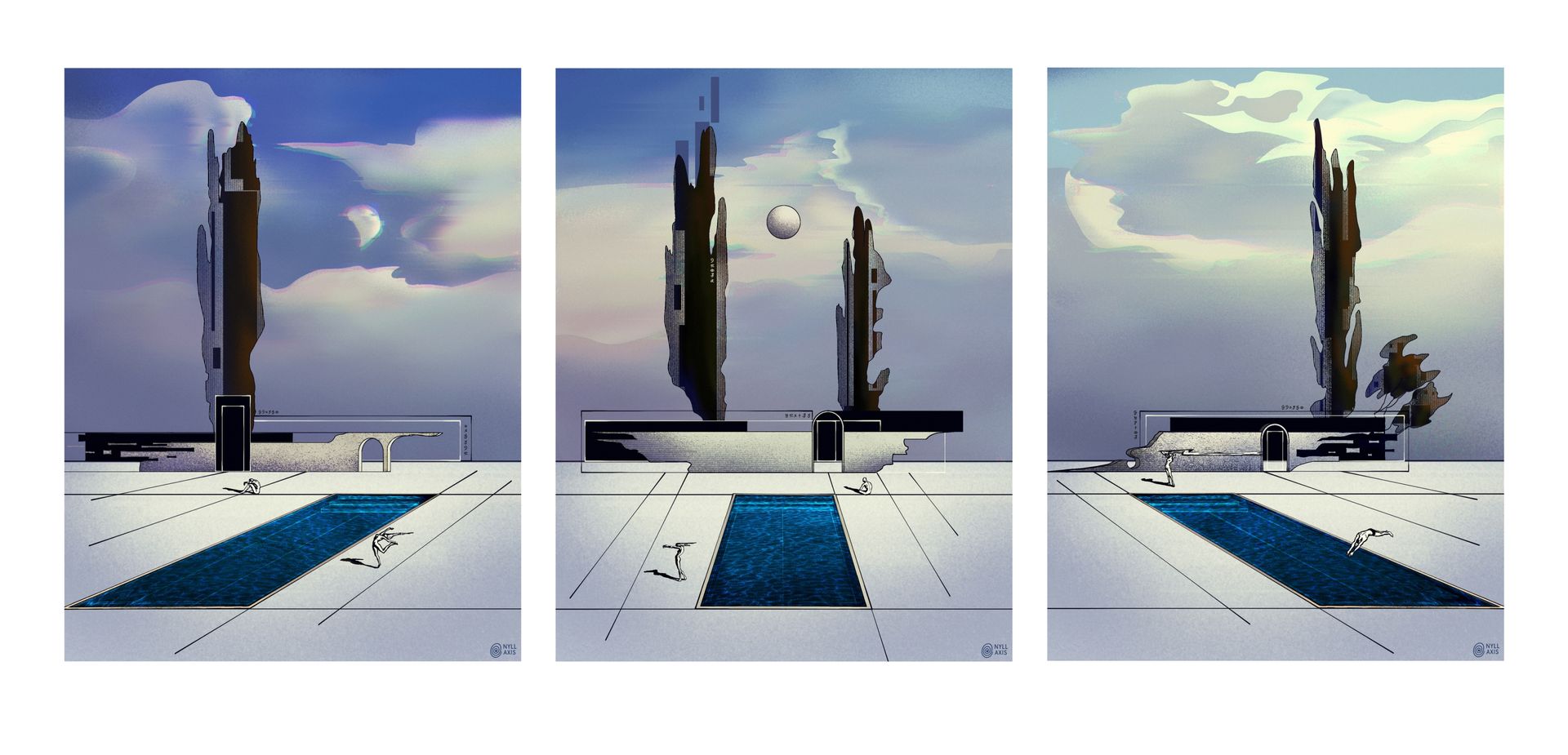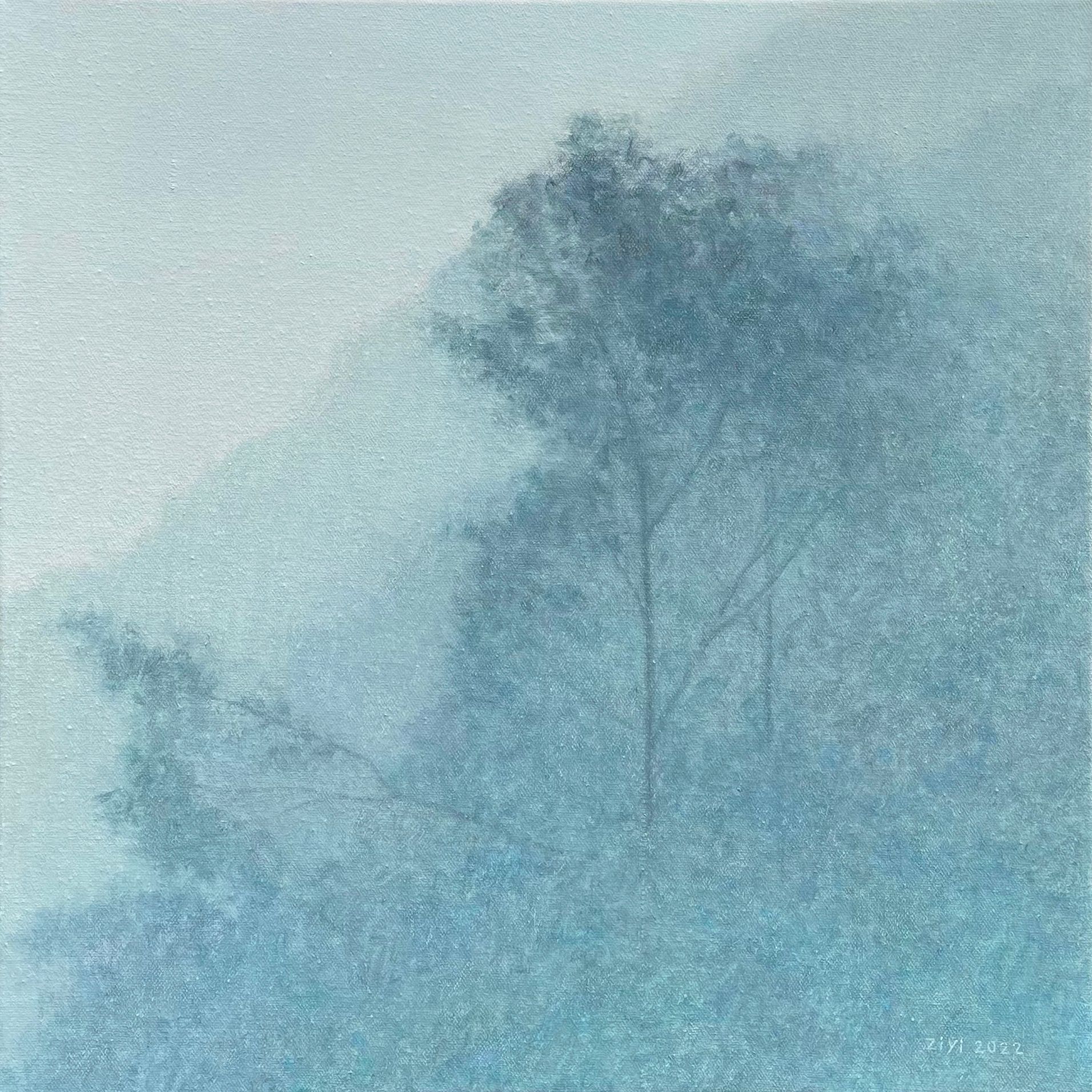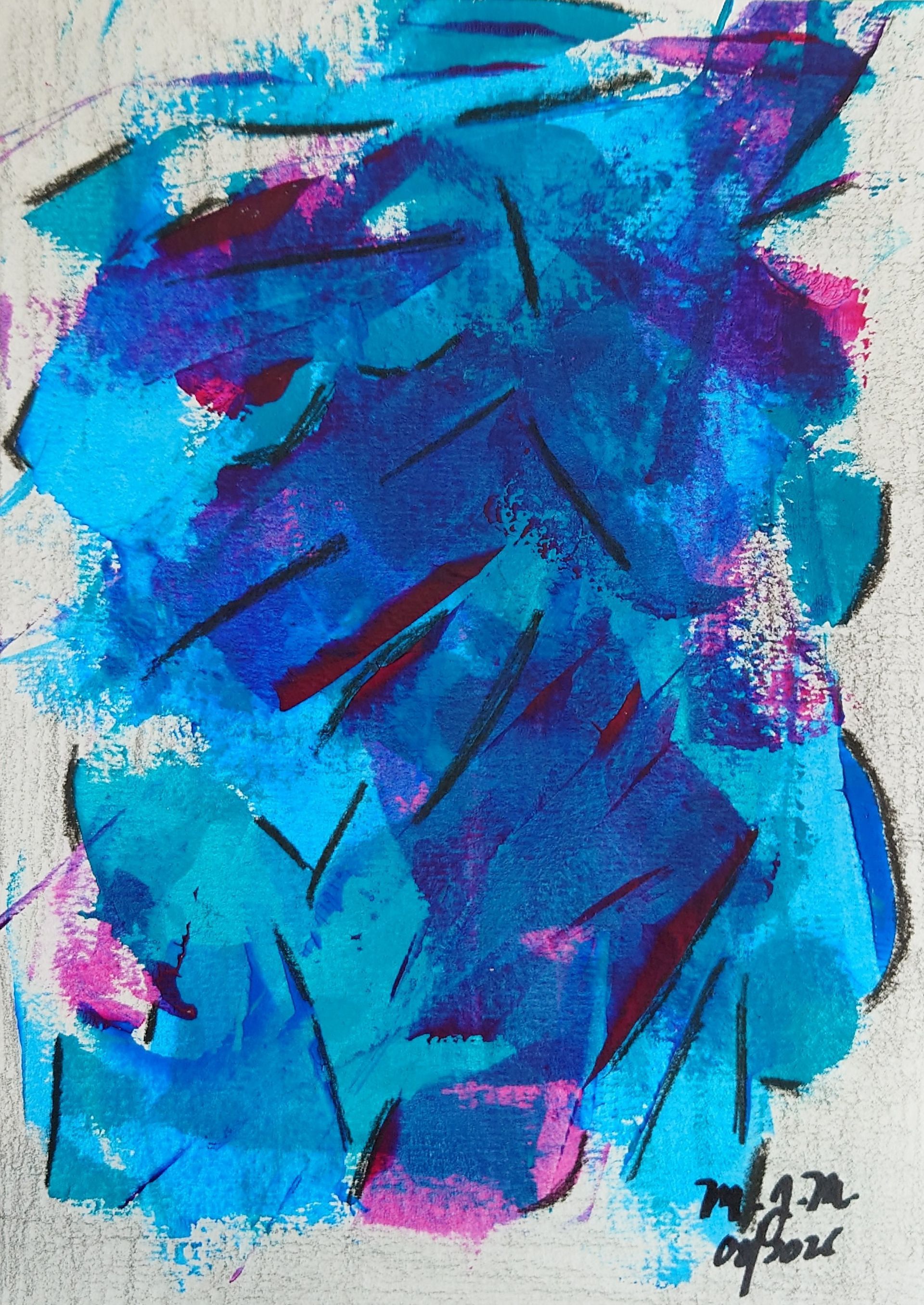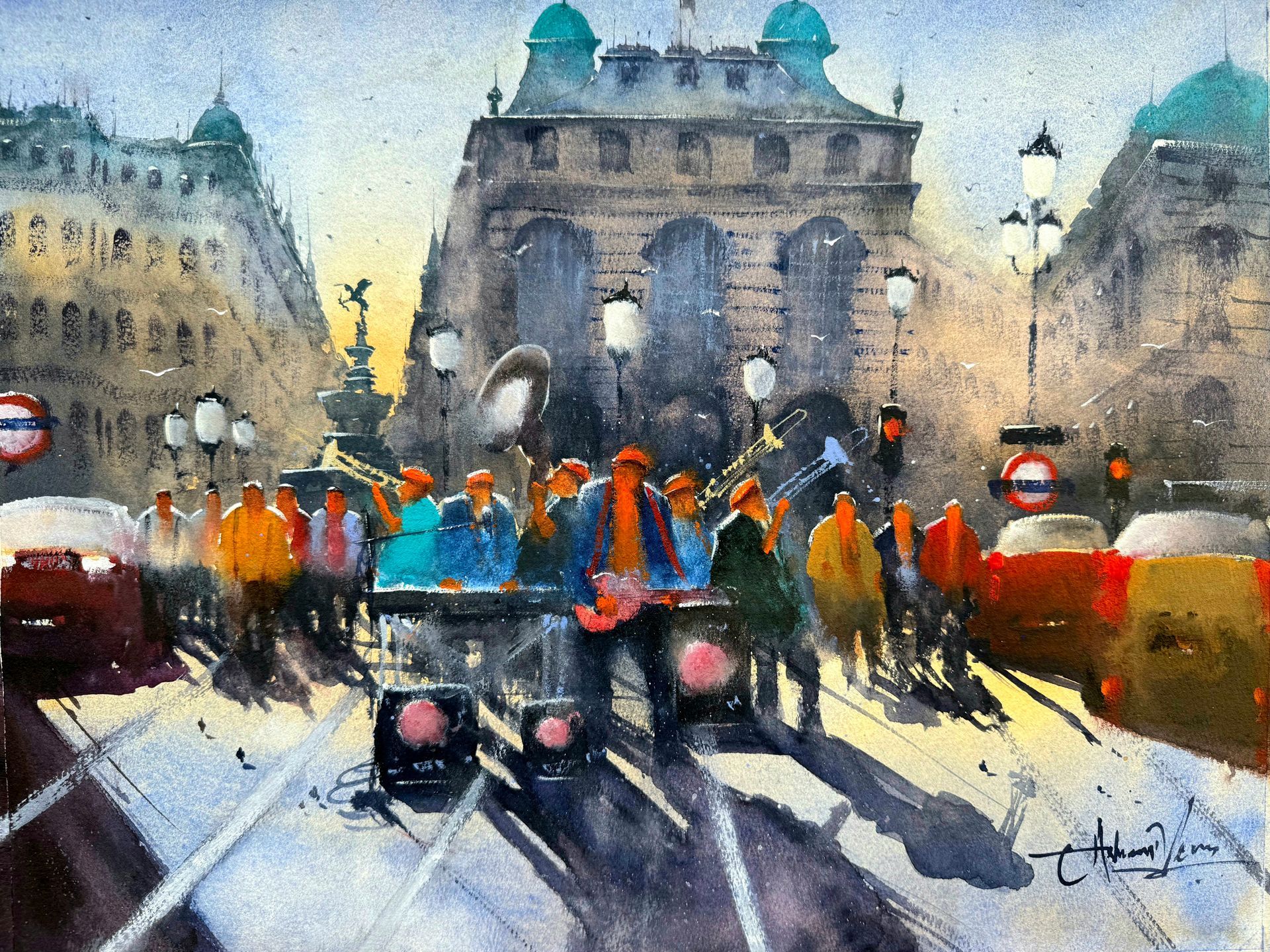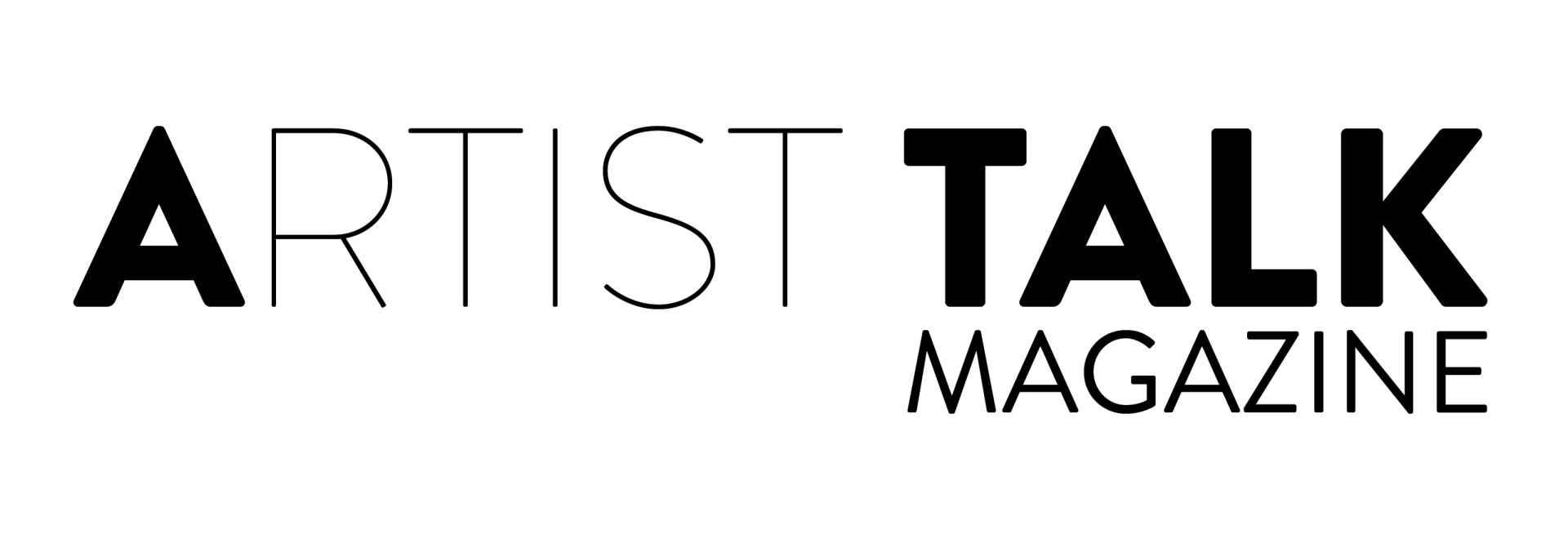Artist Glafira Kotova shares why she loves bold colours, who she creates for, and what she’s planning to present next
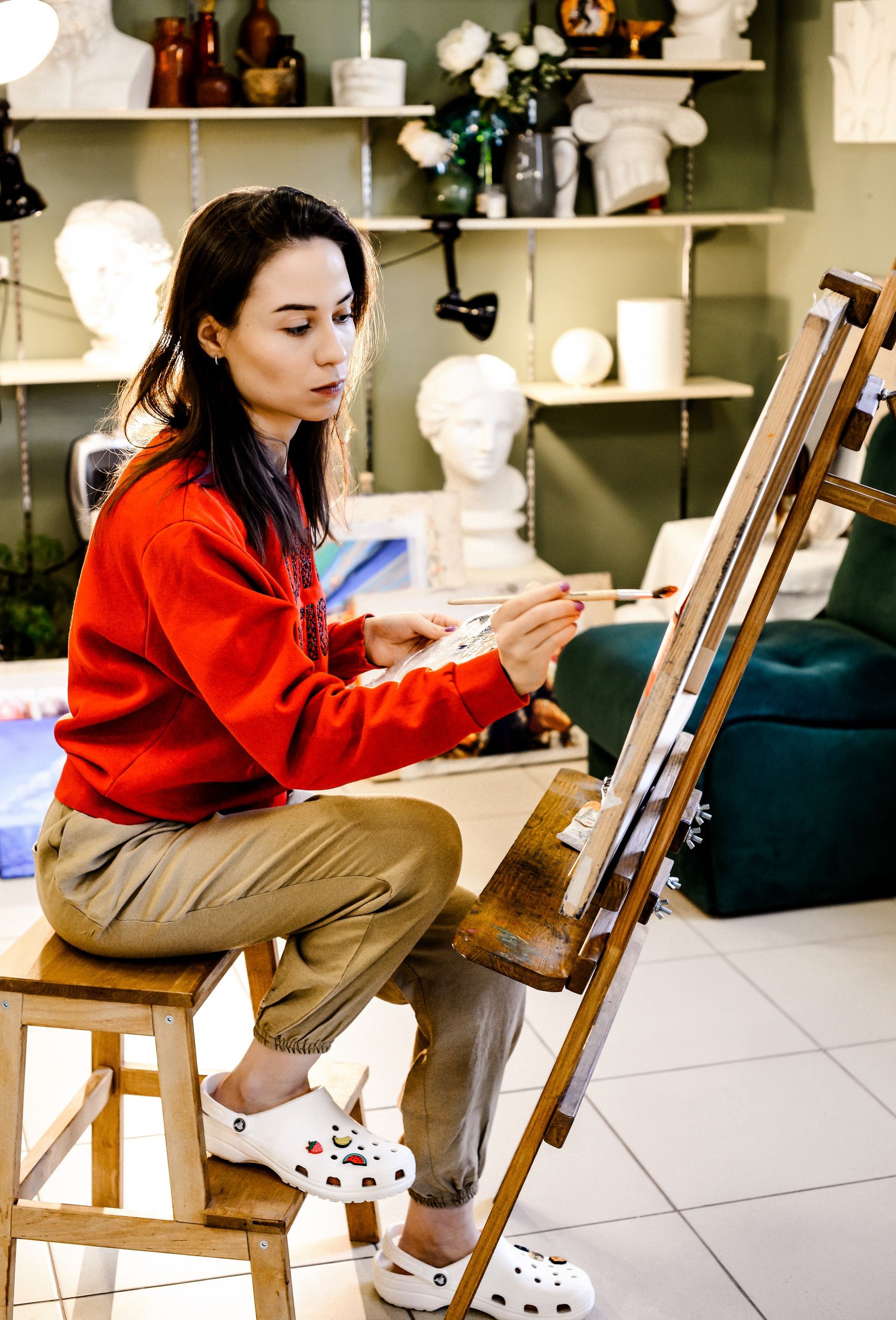
What theme do you feel runs like a red thread through all of your work?
It’s hard to single out just one, but at the core is definitely my desire to show the world in all its forms — as I see it. Through light, through movement, through rhythm. I want to express what matters to me at a given moment, my constant fascination with people, nature, and the city I live in. Sometimes circumstances push me to reflect philosophically. That’s when more unexpected pieces emerge, even for me. This year I’ve been focused on nature — painting the subjects I love most: animals and the natural world.
So, would you say that a deep love of life is your driving force?
Yes, I really believe people should strive for constant growth — and for that, you need a positive direction. Of course, it’s not possible to always be in high spirits, but keeping your thoughts on an optimistic track helps move forward.
Inspiration fuels the creative process, but success also requires discipline and hard work. Do you work in bursts or to a schedule, even when the muse is silent?
I just start painting, thinking, working. Inspiration comes during the process — and my muse is always there. Sometimes quiet, but always present. I’m a very hard-working person. I don’t need much sleep, and art gives me energy. Exhibiting and creating recharge me, like I’ve added more hours to the day. Artists, like musicians, need daily practice — like vocal warm-ups for singers. When inspiration and the right emotional mood align, the result is something truly special, and the viewer can feel that surge in the work.
At art school, we were taught that after finishing a major piece, you should grab a small canvas and do a quick sketch. The difference between the two is striking — the first is calculated, the second pure emotion.
Your colour palette is full of life — that’s immediately noticeable.
I do love vibrant colours. I’ve tried working in more muted, monochrome tones, but they don’t give me the same thrill once finished — they don’t stir strong emotions. That’s why I’m not fond of watercolour. It feels too subdued, lacking in energy. I want an explosion of colour and emotion. A painting should make you want to hang it on your wall — to bring joy and positive energy into the space.
I create for people who are drawn to beauty. It’s important to me that my art feels relatable, something people connect with — not just a future investment in a promising artist, but something personal. Maybe that’s how my inner rebellious streak comes out in my work. Sometimes I’ll start a loose, expressive underpainting and love it so much it feels like a shame to tidy it up.
You’ve taken part in numerous exhibitions in the UK, including solo shows. What are your goals as an artist moving forward?
I’d like to exhibit more often not only in the UK but also across Europe and the US — ideally joining smaller themed exhibitions every six months, and holding solo shows every couple of years. I’m also planning to launch my own art project where fellow artists and I will create themed works across various media and styles, and host large-scale collaborative events. I love engaging with people and inviting them into the creative process.
So you're hoping to take on the role of curator? To organise and shape the project yourself?
Exactly — to develop the theme, write the concept, and produce a catalogue. It could include small sculptures, mosaics — we could bring in artists from different disciplines through open calls. And it would be amazing to take the project on tour around the country!

